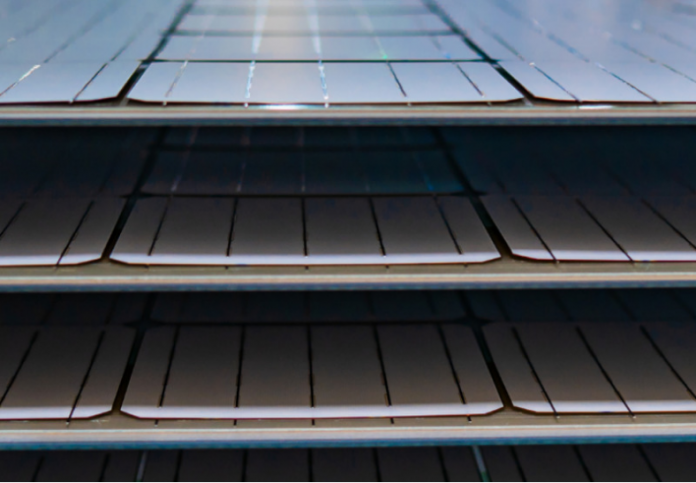Researchers from the Center for Thin Film Solar Cell at Daegu Gyeongbuk Institute of Science and Technology (DGIST) claimed to have achieved a high power conversion efficiency (PCE) of 12.2% for flexible copper zinc, tin, and sulfide (CZTS) thin-film solar cells.
The team also claims to have set a new record for the world’s highest PCE for flexible CZTS solar cells.
CZTS thin-film solar cells utilize materials such as bronze (Cu-Sn) and brass (Cu-Zn), which are supposed to be inexpensive and sustainable. These are apt for mass production compared to solar cells that use expensive and rare elements such as gallium and indium or perovskite solar cells, which contain heavy metals like lead. The research center has continued researching CZTS solar cells and copper, indium, gallium, and selenide (CIGS) solar cells, securing several original technologies with significant implications.
Dr. Kee-Jeong Yang of the Research Center for Thin Film Solar Cell has developed a heteroatom doping optimization technology to fabricate high-quality flexible CZTS solar cells. The results of Dr. Yang’s developments were published in Advanced Functional Materials.
DGIST Research Center for Thin Film Solar Cell also signed a memorandum of understanding (MoU) with solar cells and modules manufacturer SolarFLEX for commercialization and joint research on flexible thin-film solar cells. The cooperation includes the collaboration for the commercialization of the thin-film solar cell technology and the joint research to develop original technologies for achieving further high efficiency of the solar cells, like tandem technology.
Commenting on the MoU, Jin-Kyu Kang, Director, DGIST Research Center for Thin Film Solar Cell, said, “Through the MoU, the commercialization of flexible thin-film solar cells made of general-purpose non-toxic materials will be materialized in the foreseeable future.”
“These technologies derived by the joint research will practically facilitate the market release of the newly developed flexible CZTS solar modules that are cost-effective and easy to install,” Kang added.
The technology developed via the integrated collaboration of affordable CZTS thin-film solar cell and tandem technology would likely ensure the availability of affordable and lightweight, flexible CIGS thin-film solar cell modules that are optimal for lightweight rooftop solar projects. This would also facilitate the commercialization abiding by the policy direction of K-RE100 and the Green New Deal.
A lot of technological advancements have been going on in the field of solar cells to increase their efficiencies.
Thin-film solar modules have lost out to crystalline silicon PV modules on cost and efficiency. First Solar, which makes cadmium telluride-based modules, is the only prominent company in the world still manufacturing thin-film modules.
Researchers from the Hasselt University, Interuniversity Microelectronics Centre (imec), VITO, EnergyVille, and PERCISTAND consortium claim to have achieved a rare feat of 25% efficiency using a thin-film solar cell.
Researchers Claim Power Conversion Efficiency of 12.2% for Flexible CZTS Thin-Film Solar Cells
DGIST signs MoU with SolarFLEX for commercialization and research on the cost-effective and eco-friendly cells that use bronze and brass
Source:MERCOM
ViaArjun Joshi






